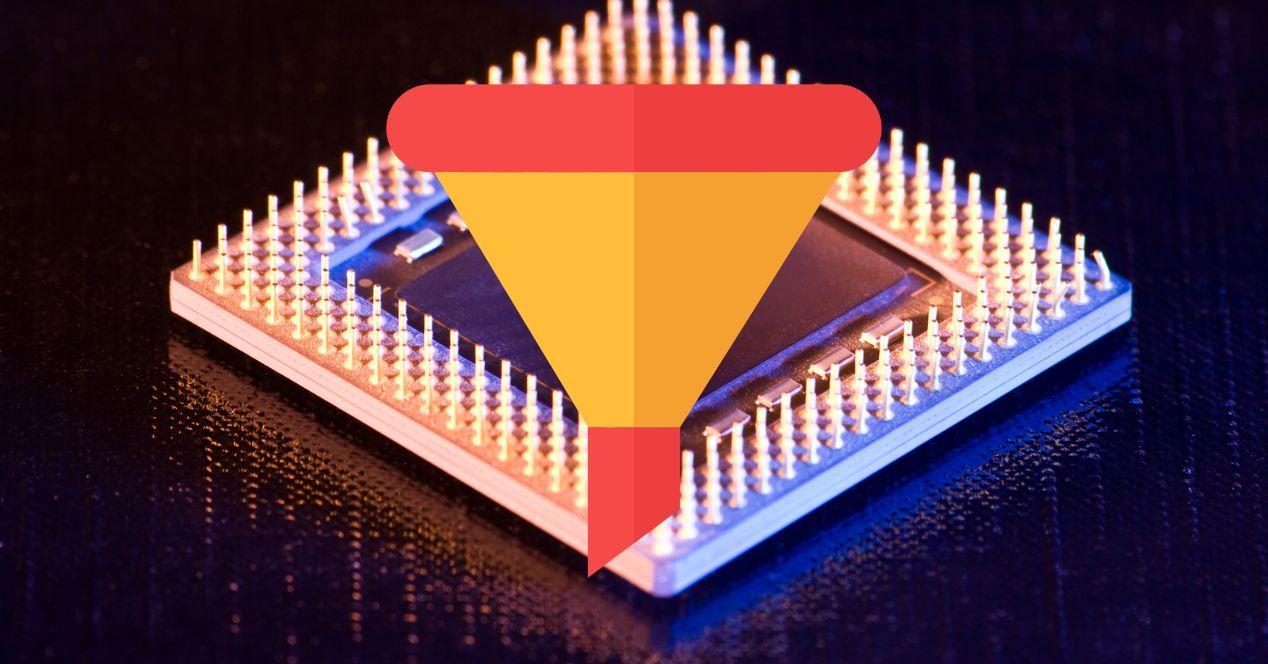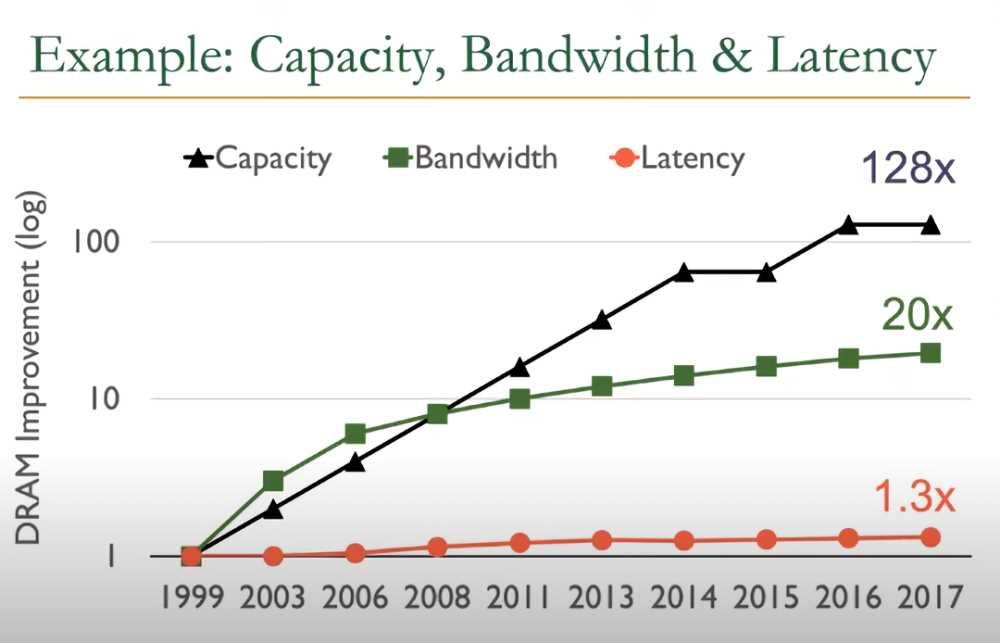
A system is not as fast as its fastest component can be, but as fast as its slowest component lets it. What would happen if we told you that there is an element that is limiting and that has not evolved for decades, but decades? Well, the bottleneck that we are going to talk about is not something of any specific configuration, but rather it is a common trend in all computers. Whatever it is, you are going to find it and at present it is insurmountable.
What is the biggest bottleneck on a PC?
The way to measure the performance of one processor compared to another is by taking the same program in both to see how long each one takes to execute it. Obviously, the one that takes less time will be faster. The problem is that measuring performance is difficult today due to the enormous number of factors that exist today. Hence, we need synthetic benchmarks and the use of applications to test the performance of the hardware and be able to get a quantitative and qualifying idea of it.
However, there is a bottleneck that is general in all systems because it has been stable for all this time. What’s more, it has been juggling a tightrope in this regard for years and every time a new type of RAM memory and its interface is designed, care is taken that it does not go to waste and affect the performance of the central processor. and with it the rest of the system.
Well, if we observe the technical evolution of RAM memory in the last two decades, we will see how:
- Storage has gone up to 128 times more.
- Bandwidth is now 20 times higher.
- However, latency is only 30% lower.
It is the last point that represents the biggest bottleneck so far. Bringing the RAM closer to the processor would be the best option, however, it would make the systems more expensive and although it is also a solution for consumption, it means breaking completely with the traditional way of making PCs. Although sooner or later we will have to change the way we understand RAM.
Higher bandwidth does not mean lower latency
When a manufacturer gives the bandwidth of a memory, what it does is give it in optimal conditions that are impossible and, therefore, of a single continuous transfer in a period of time. However, things are not that simple and we have to take into account that the memory controller has to manage the accesses to the RAM by several cores of the processor and associated coprocessors.
- The integrated memory controller or IMC has a maximum number of requests that it can handle. If in the end it happens that a tolerable amount is exceeded, it slows down, delaying the rest of the requests and creating latency.
- Each new memory access by a different client implies an accumulated latency time.
For example, you will have seen how each new generation of Intel and AMD processors support increasingly faster RAM, but never the fastest on the market. This is because it reaches the point where tolerable latency is exceeded and it becomes a performance bottleneck. What’s more, overclocked memories have slower communication times, their peak bandwidth is ideal for certain applications, but they suffer from slight latency issues.





